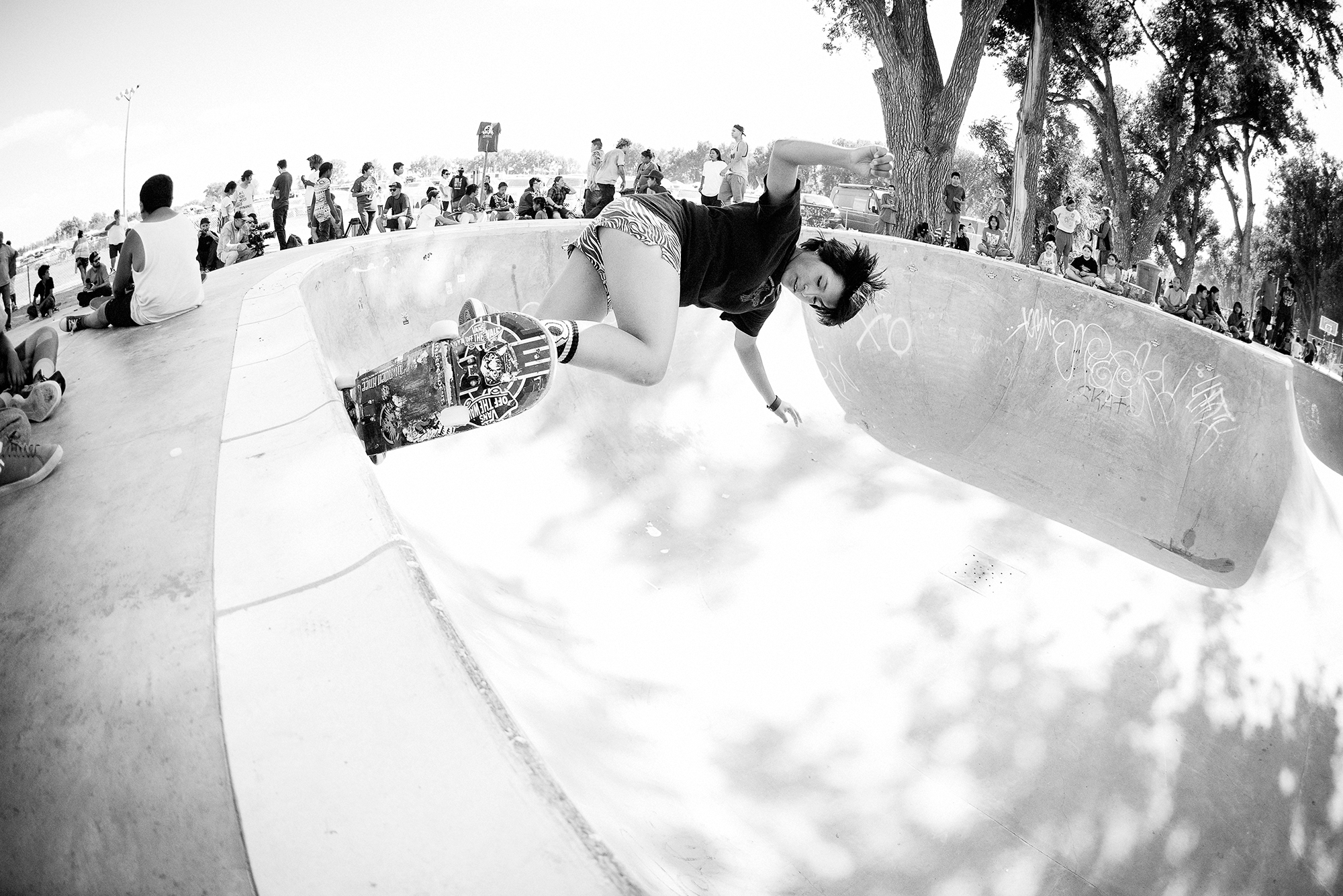
To the outside world, South Dakota’s Pine Ridge Indian Reservation, home to the Lakota people, is known as one of the most impoverished areas in the U.S. Historically, in 1890, it was the site of the Wounded Knee Massacre. In recent years, its population—up to 40,000, by some estimates—has faced a variety of problems, including a high youth suicide rate, drug and alcohol issues, vandalism, gang activity and high unemployment.
Over the past five years, a non-profit organization called the Stronghold Society has been working to make reservations like Pine Ridge a better place for future generations, through skateboarding. “Everything we do is to inspire [the youth] through skateboarding, music and the arts,” says Executive Director Walt Pourier. “It’s creative expressive means to help them get a voice and to be heard within these creative realms.”
Pourier, a Lakota, is confident in the message: “You raise a whole generation and they start to say, ‘You know what, I don’t need alcohol in my life, I don’t need drugs in my life, I don’t need this gang mentality in my life, I want to get educated and learn, [showing] everybody who we are as an indigenous way of life.”
Why We Look Again: Aaron Huey at Pine Ridge
Pine Ridge currently has two out of an expected four skate parks completed. “When you start to continually show the poverty story, what ends up happening is the youth, this generation, starts to believe in that,” Pourier says, “because that’s what the world sees them as, and they become it.”
With help from brands like Vans, the Tony Hawk Foundation and the band Pearl Jam, Pine Ridge has recently received some much-needed support, mostly spread by word of mouth.
Last fall, the Stronghold Society and Levi’s Skateboarding released a documentary called Skateboarding in Pine Ridge. The documentary captures the completion of the most recently built skate park on Pine Ridge, with pro skaters teaching some of the reservation’s children how to skateboard. Even though photographer Atiba Jefferson just spent two days on set shooting during the film’s production, the reservation’s impression on him was long-lasting. Jefferson later said he was shocked “to see in America the poverty that I normally see in third-world countries.” He added, “Skating is their saving grace from a very depressing surrounding.”
Pourier estimates that the skate parks at Pine Ridge average about 100 children a day, with about 300 on weekends. “We’ve created a spark of life on that reservation that they haven’t seen in a long time,” he says.

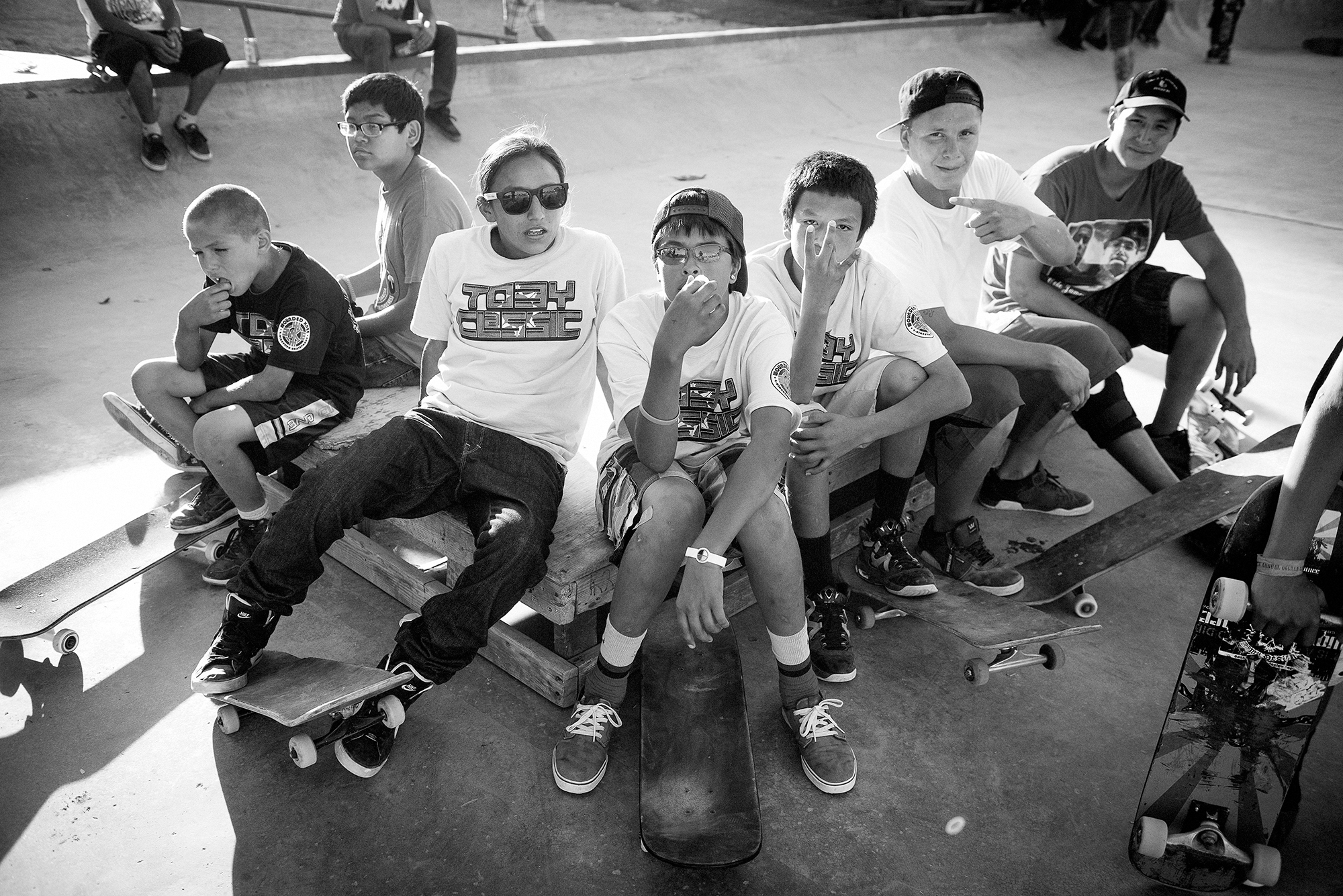
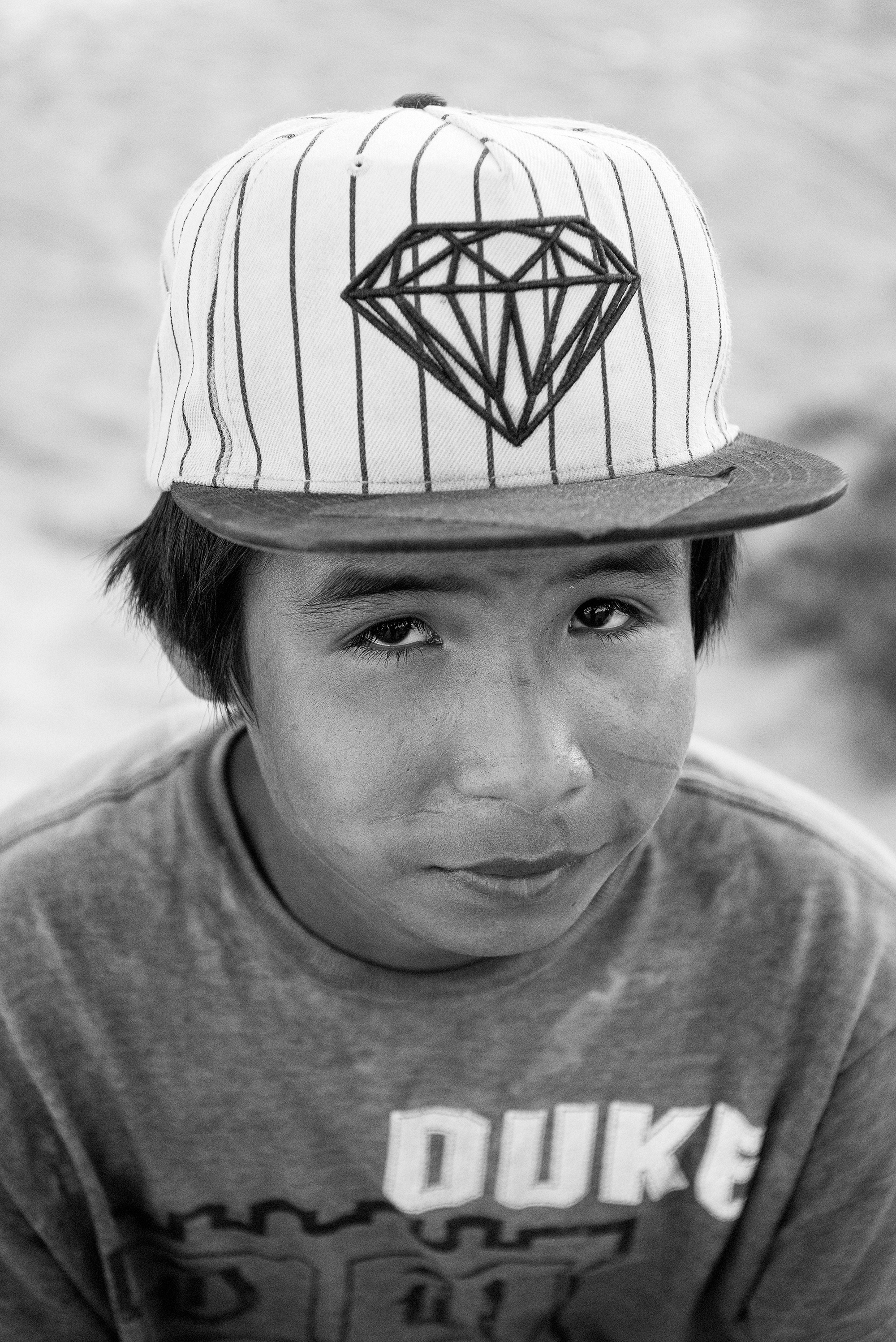
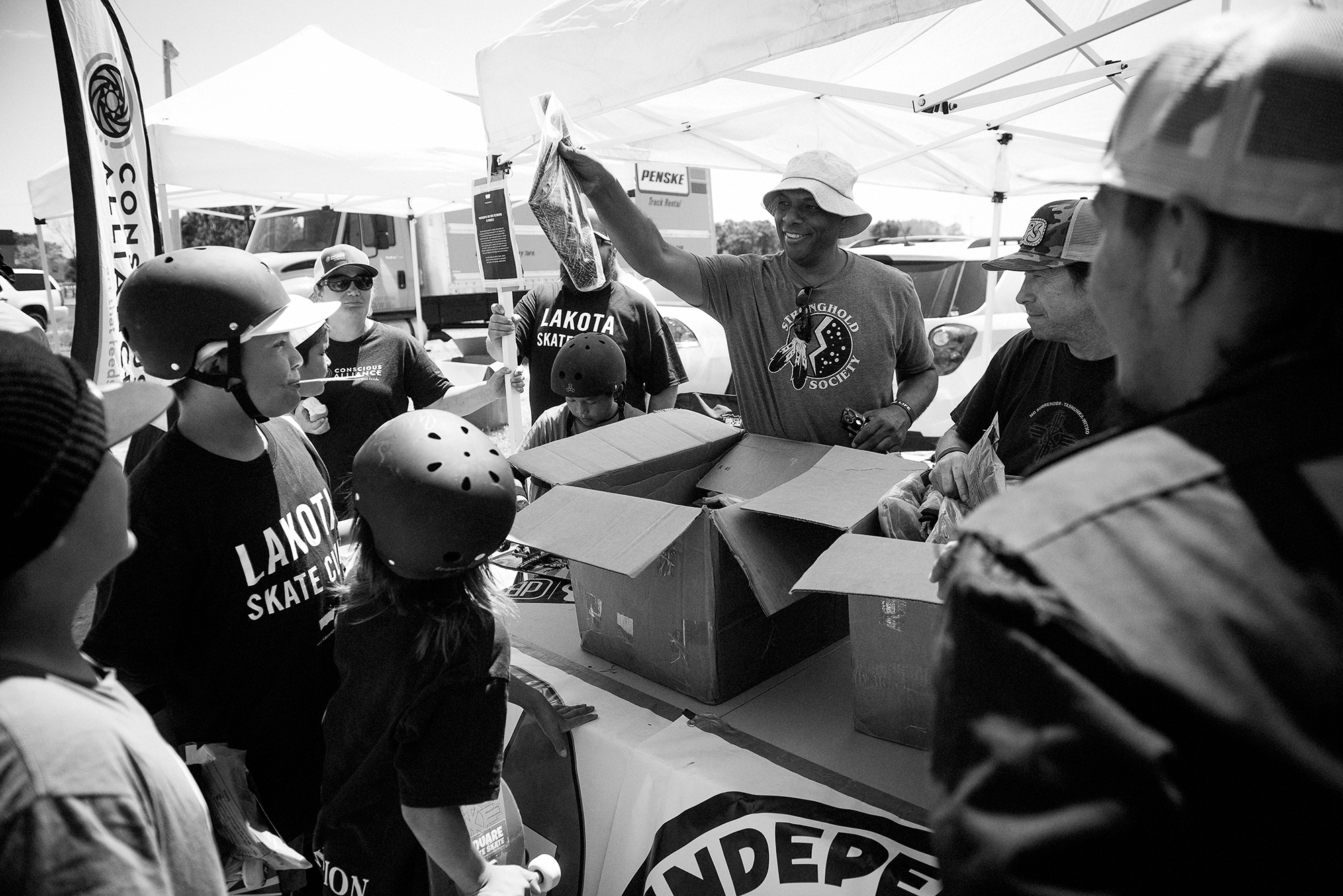
![Pourier adds, "We need to change the look of [Pine Ridge] and show everyone the richness of our Lakota culture and spirituality, because it's so beautiful and rich and a model way of life that can be examples for the rest of us."](https://api.time.com/wp-content/uploads/2015/12/pine-ridge-6.jpg?quality=75&w=2400)
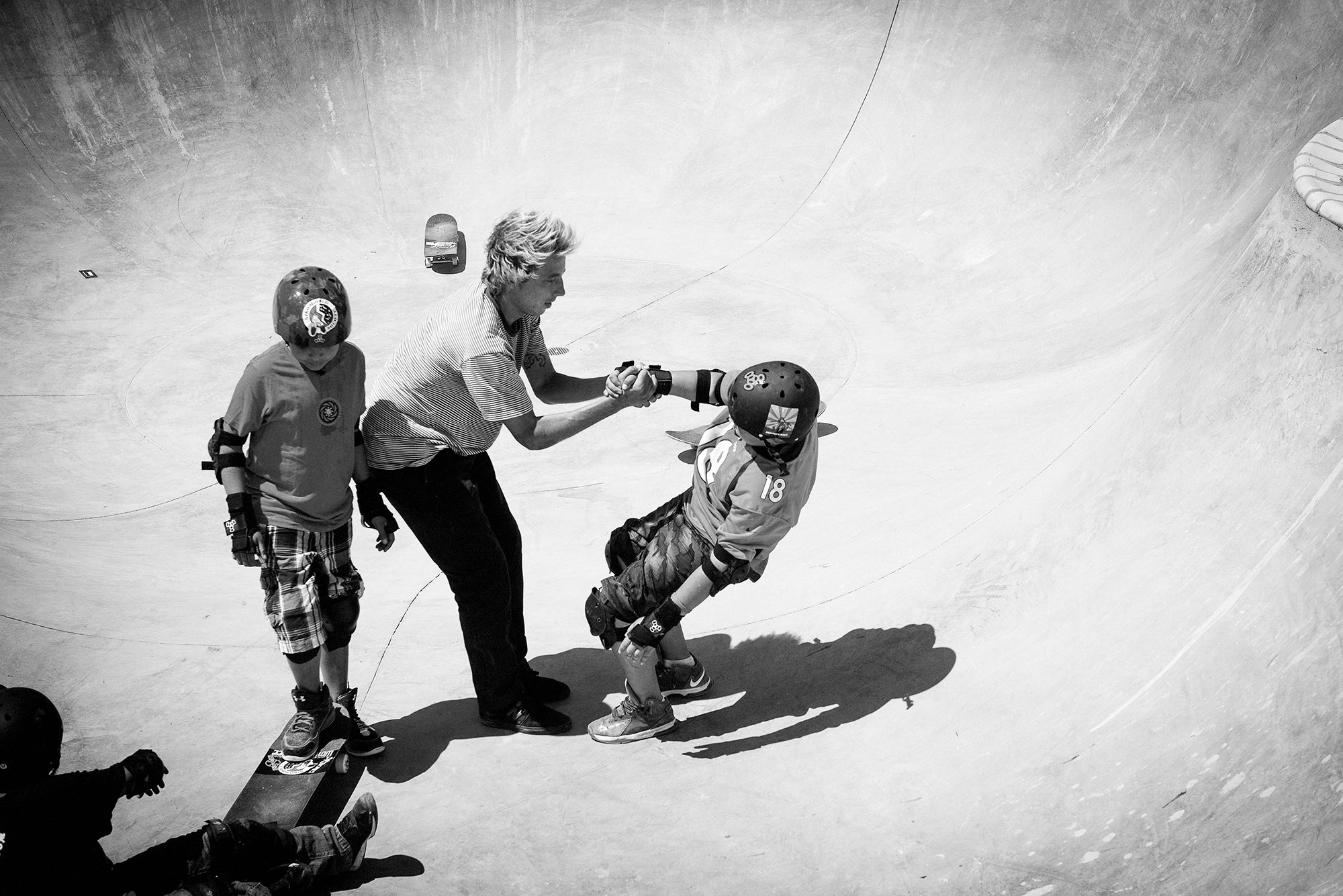
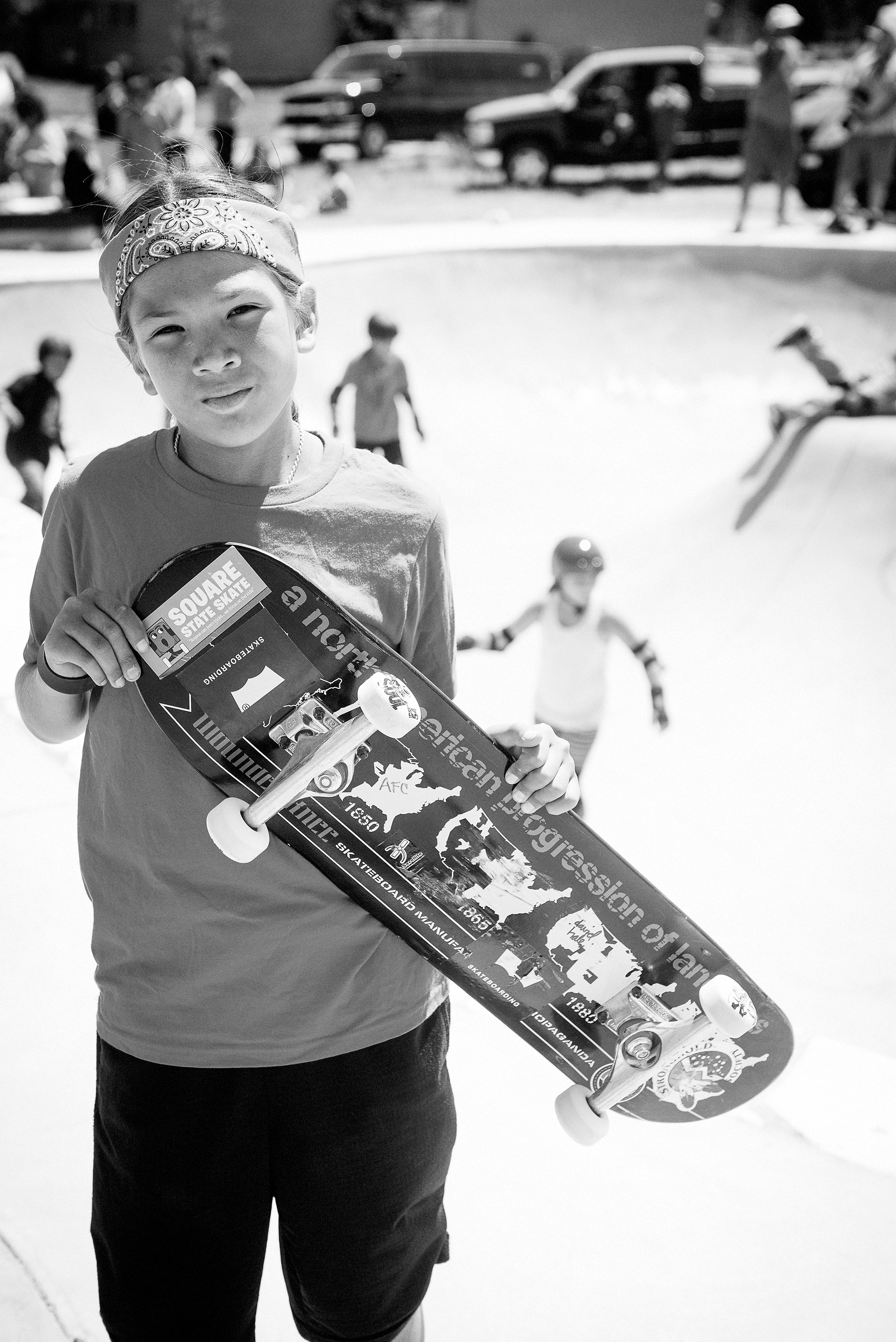

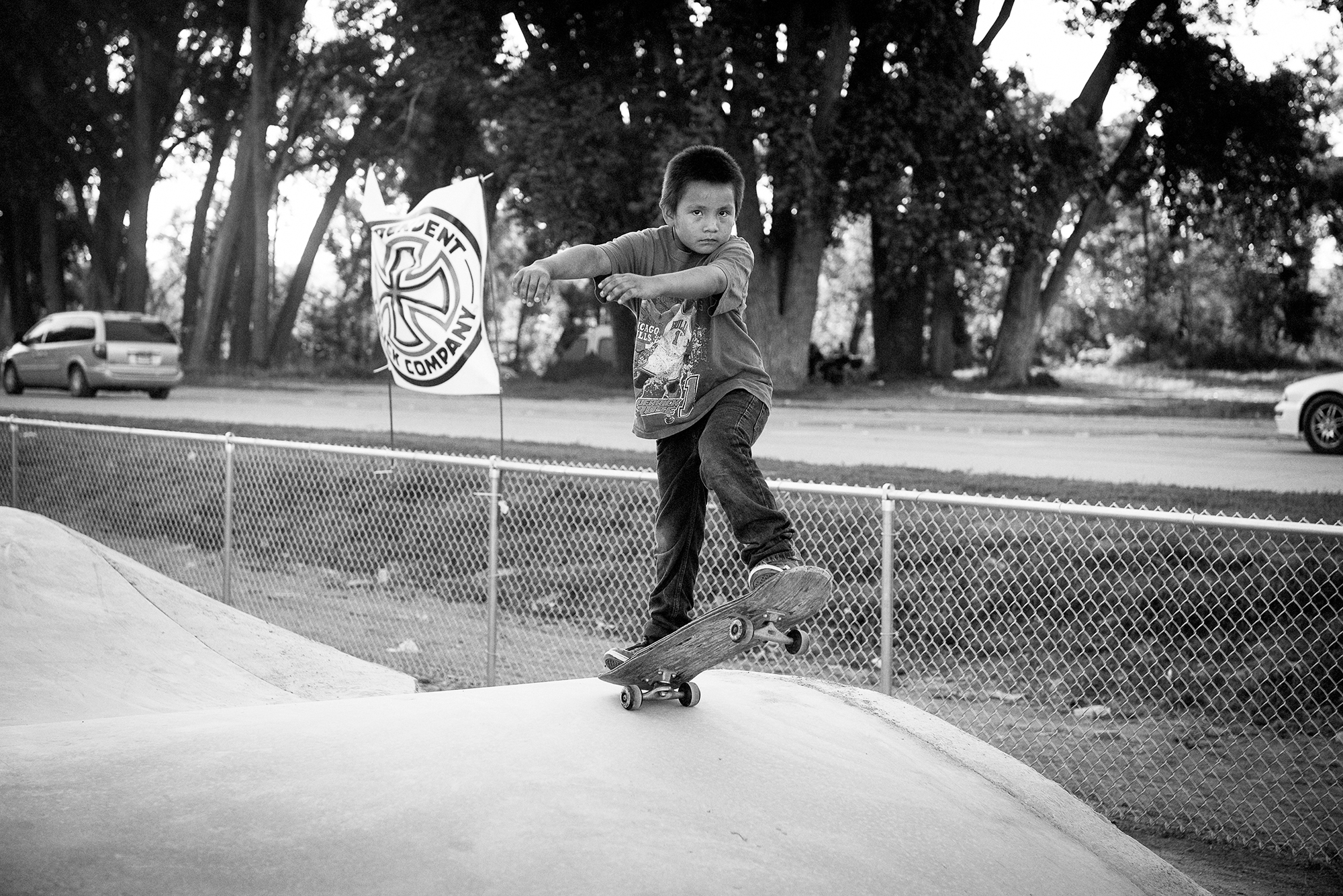
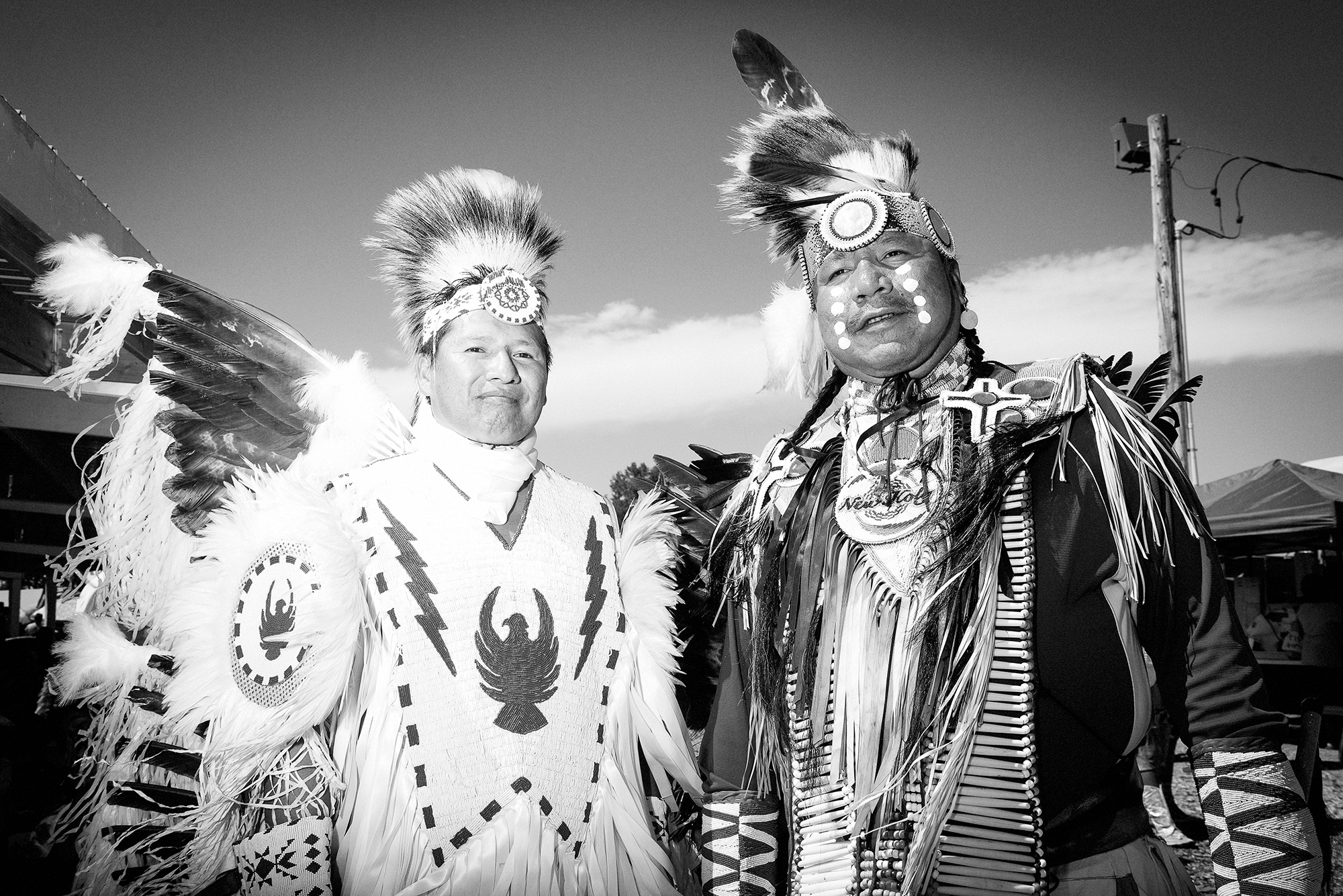
![Jefferson reflects, "What I learned from this assignment is that I have traveled the world and it is very smart to take a look at your own backyard, which is America [for me], and make sure you can do what you can do to make it a better place for you and for the people that are here."](https://api.time.com/wp-content/uploads/2015/12/pine-ridge-10.jpg?quality=75&w=2400)
More Must-Reads from TIME
- How Donald Trump Won
- The Best Inventions of 2024
- Why Sleep Is the Key to Living Longer
- Robert Zemeckis Just Wants to Move You
- How to Break 8 Toxic Communication Habits
- Nicola Coughlan Bet on Herself—And Won
- Why Vinegar Is So Good for You
- Meet TIME's Newest Class of Next Generation Leaders
Contact us at letters@time.com